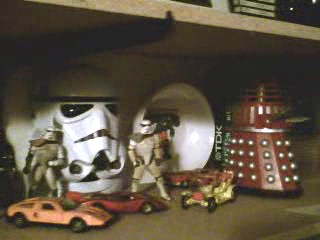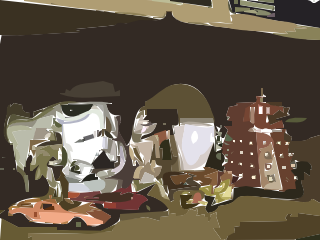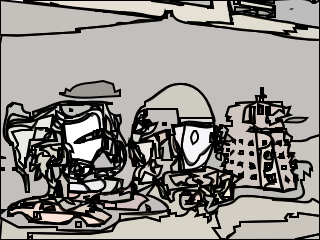I’m involved in the Open Source as Prior Art initiative. The goal being to more readily make FOSS available as prior art for the US Patent and Trade Office to use while examining software patent applications, reducing the number of poorly issued software patents.
This is a rather touchy area given the fact that most FOSS proponents (myself included) would rather see software patents go away completely. However, in the US, this is not likely to happen any time soon, since it’s not up to the USPTO, it’s up to the US Legislature; the USPTO has to implement the law, which puts them in a bind since they’re not very successful right now at finding prior art (and the laws surrounding prior art discovery aren’t that helpful either). In my opinion, if the USPTO could reliably find prior art, they would start rejecting almost all software patent applications, and the futility of software patenting would become clear to those that didn’t already recognize it. If I’m wrong, then I’d hope that with the very few patents issued, innovation really would return to the system.
Groklaw has already discussed the OSaPA project and the overall “Patent Quality Improvement” initiatives announced by the USPTO. I’ve read these and several other articles, each ranging from praise to scepticism, looking for more thoughts on subject, trying to help me shape my opinions.
One of the most sceptical was written by Greg Aharonian from the Internet Patent News Service (which ironically has no online archives for me to link to). His scepticism is mostly aimed at the USPTO and IBM, and not directly at the various initiatives, past or present. His fundamental point is that the USPTO doesn’t appear to have manged to use the (voluminous) resources it already has at its fingertips, so why would adding more help the situation? This approach didn’t work in the past, and there’s no indication that anything has changed in the USPTO to make it a success this time around.
I don’t have the historical background to know if it’s a fair assessment, but I enjoyed his analogy:
“[…] IBM is Lucy, PTO management is Charley [sic] Brown, and these fake initiatives to improve patent quality are the football that the PTO keeps on trying to kick, only to be fooled again and again.”
One thing I think he may have missed, though, was that the OSaPA initiative contains another player. The initiative itself may again be the football, and the USPTO and IBM may again be playing, just as with prior (seemingly failed) initiatives. However, this time, the FOSS community is involved. I like to think that in Greg’s analogy, the FOSS community is Charles Schultz. We can draw any damn comic we want, and we’ll still be around after the initiatives, IBM, and the USPTO are long forgotten. The FOSS community is on the multi-hundred year plan, the same as any other sustainable cultural plan. If Greg’s predictions come to pass, and it really does turn out to be a waste of time, I still have faith that it’ll only be the USPTO (and, unfortunately, the US) getting hurt. To borrow from John Gilmore, FOSS will treat this as a defect, and route around it.
Regardless of history, I sincerely hope the USPTO takes this novel chance to harness the power of the FOSS community. We’re interested in helping them solve their problems, and if the USPTO drops the ball, it’s unlikely the FOSS community will ever look back.
© 2006, Kees Cook. This work is licensed under a Creative Commons Attribution-ShareAlike 4.0 License.








